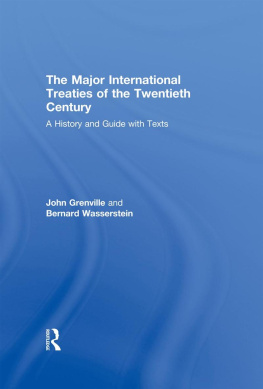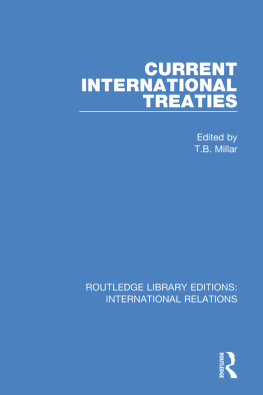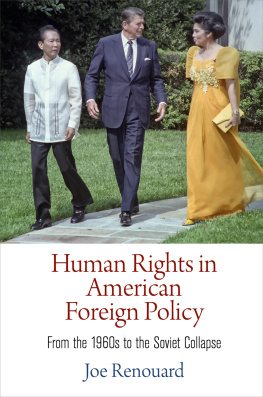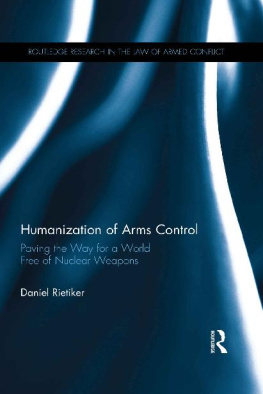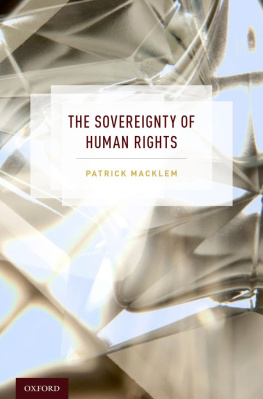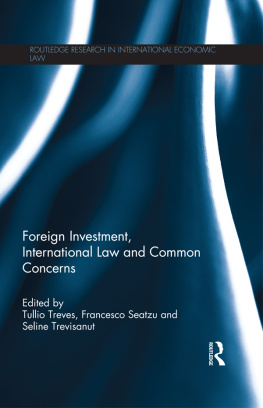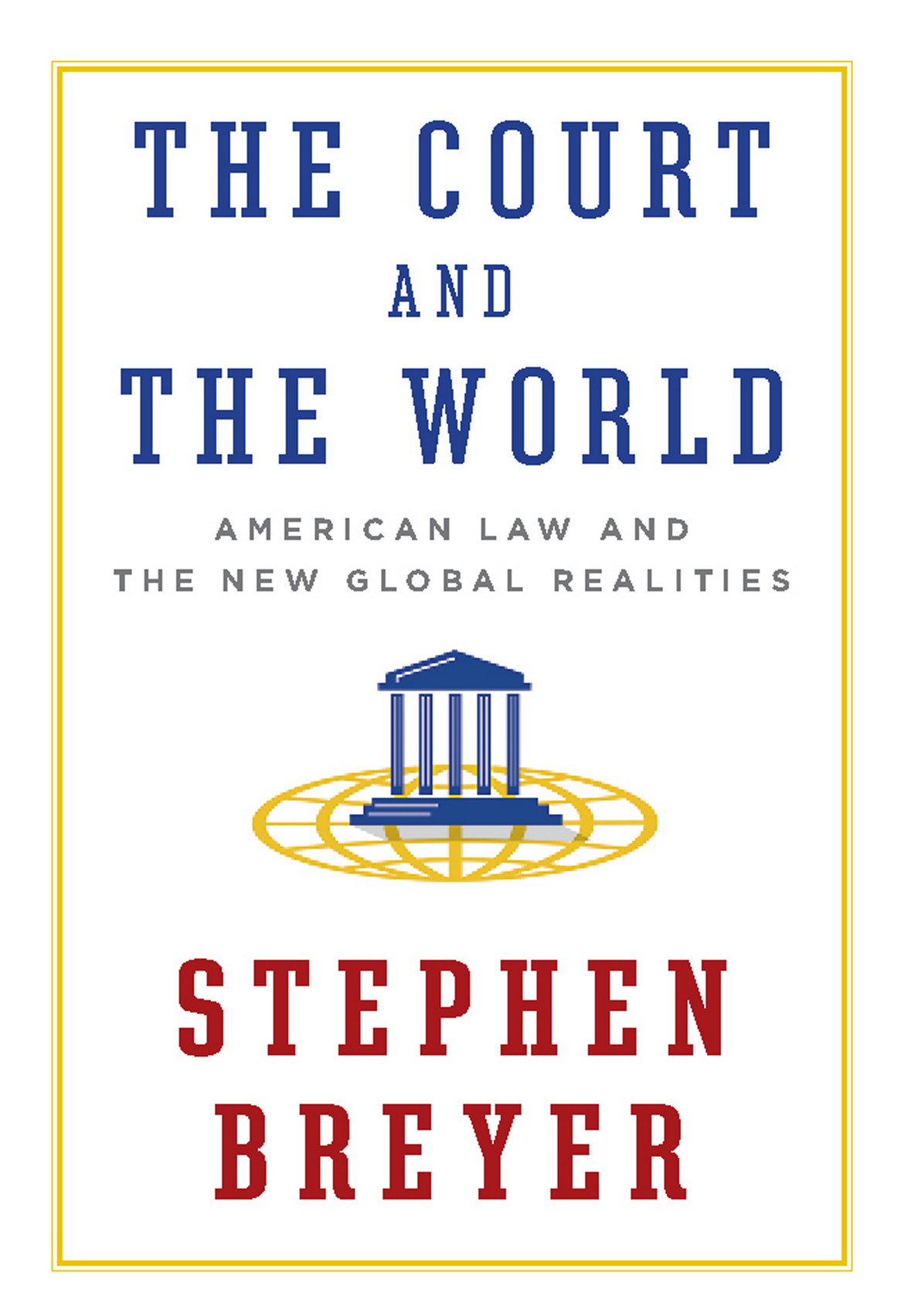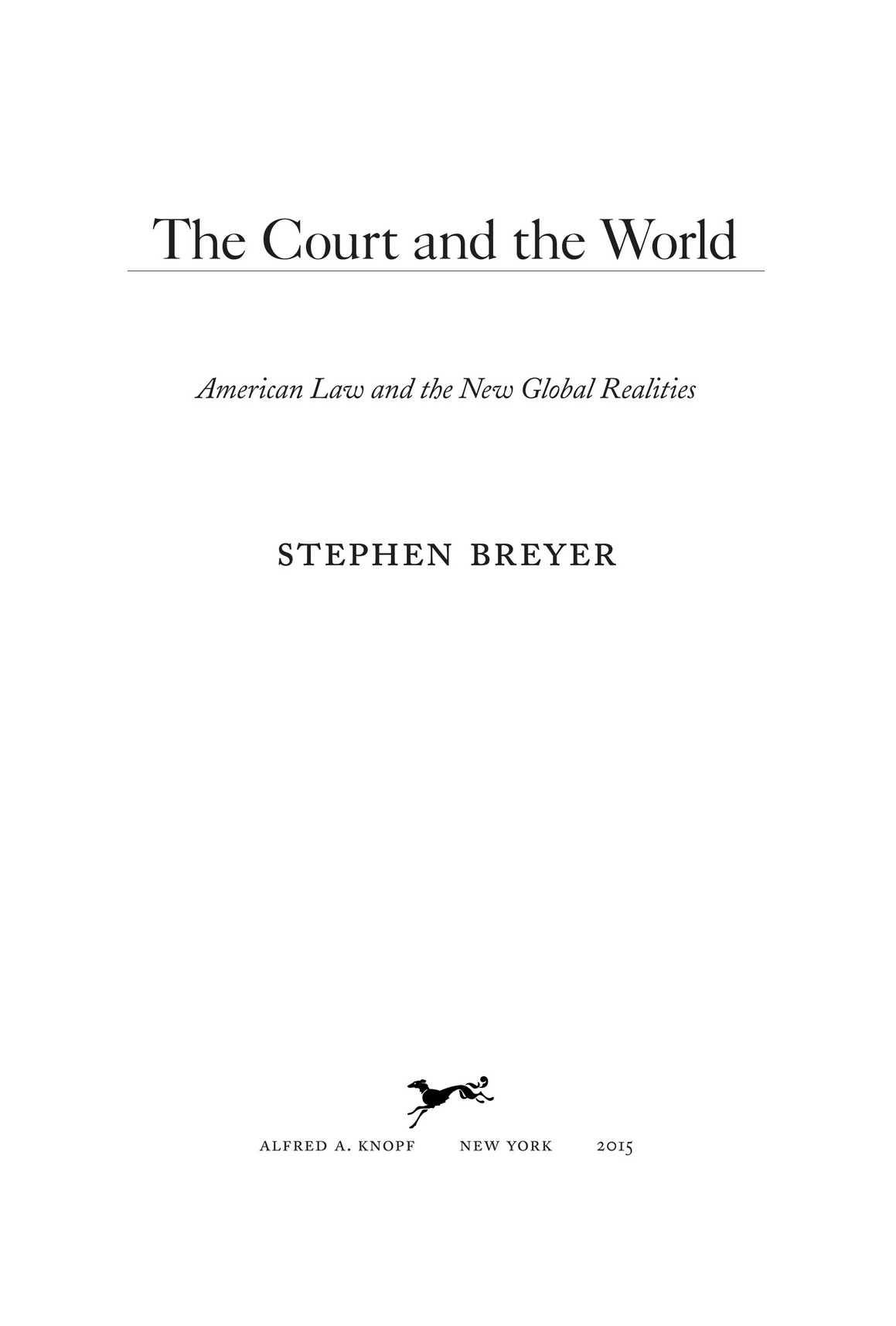Introduction
During a recent October hearing week, I took my seat on the Supreme Court bench, ready to listen to oral argument in two cases. The first involved a student from Thailand, studying in the United States, where he found the cost of textbooks too high. So he bought the same English-language textbooks in Thailand at lower prices, had them shipped to him in the States, and resold them to American students. Did he have the legal right to do so?
The second case involved a group of lawyers challenging the constitutionality of a part of the Foreign Intelligence Surveillance Act (FISA). That section allows the government to listen electronically to certain conversations of foreigners abroad, conversations that might affect American foreign policy or national security. The petitioning American lawyers routinely represent Middle Easterners, some of whom may have ties to extremist organizations. Suspecting (though not knowing conclusively) that their clients were FISA targets, the lawyers claimed that the statute violated the confidentiality of their attorney-client communications. The question before the Court was whether, based on their suspicions, the lawyers had standing to challenge the constitutionality of the statute.
These two cases have something in common: they call on the Court to consider foreign persons and activities, foreign commerce in the first instance and foreign threats to national security in the second. The fact of two such foreign cases out of the six cases argued that week would have been surprising when I first joined the Court nearly twenty years ago. But it is no longer unusual. More and more, cases before the Court involve foreign activity. That is my professional reality, which I share with counterparts abroad, represented in our courtroom that same October day by the chief justice of Japan, who witnessed the hearing from public seating.
This book focuses upon the foreign aspect of the Courts docket. It seeks to make known the new challenges imposed by an ever more interdependent worlda world of instant communications and commerce, and shared problems of (for example) security, the environment, health, and trade, all of which ever more pervasively link individuals without regard to national boundaries. Indeed, at a moment when ordinary citizens may engage in direct transactions internationally for services available only locally before (online bed-and-breakfast rentals, for example), it has become clear that, even in ordinary matters, judicial awareness can no longer stop at the border.
This book assumes that the United States will remain a preeminent world power, due to its military and economic strength and the prestige of certain features of American life, including our long experience in creating, maintaining, and developing a fairly stable constitutional system of government. That system has allowed a large multiracial, multiethnic, and multireligious population to govern itself democratically while protecting basic human rights and resolving disputes under a rule of law. When, therefore, I use the frequently heard term interdependence, it is with these assumptions firmly in mind. Indeed, I want this book to explain just what that abstract term means concretely for the work of one American institution, the Supreme Court.
In order to illustrate the Courts changing perspective and evolving role in the world and the attendant challenges, I have divided this book into four basic parts. Each focuses on a different context in which we consider the world abroad, but together they also comprise a loose chronological progression, from a time when such considerations were still quite exceptional; to the present moment, when they have become rather routine; to a fast-emerging future, in which a measure of coordination with other jurisdictions will become increasingly necessary for the smooth functioning of our economy and our various institutions.
focuses upon an important, long-standing constitutional question that typically arises out of our relations with the outside world: How can the Court effectively protect basic liberties in the face of security threats? That problem has taken on a particular urgency as those threats, notably terrorism, have grown amorphous and heedless of borders. I trace the evolution of constitutional doctrine concerning the Courts efforts to review presidential, or congressional, actions related to the preservation of national security. To understand that evolution is to understand why, in todays world, the judiciarys need to take account of foreign circumstances, both legal and nonlegal, has grown as it has.
focus upon areas of the law where consideration of foreign circumstances is a newer development but one well under way.
concerns statutory interpretation. Should American statutes be understood to open the doors of American courts to foreign victims of human rights abuses? What is the geographical reach of commercial statutes, governing, say, antitrust violations or securities fraud? And can the Court interpret those statutes so that they work in harmony with similar laws of other nations?
deals with the interpretation of treaties and the Constitutions related grant to Congress and the President of law-making and treaty-making powers. How is the Court to interpret treaties that concern unfamiliar subjects, such as the domestic relations law of foreign countries, or competing international dispute-resolution systems, such as international arbitration tribunals, or international administrative regimes regulating, say, health, safety, or the environment?


